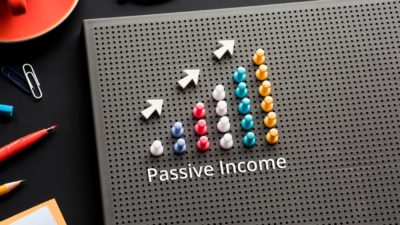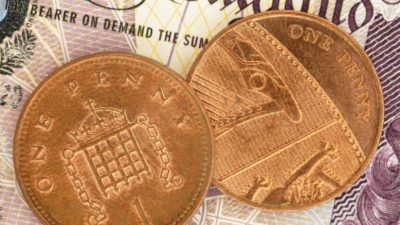By consistently drip-feeding money into high-yield dividend stocks, it’s possible to establish a pretty chunky second income. That certainly seems to have been the case with asset management firm abrdn (LSE:ABDN).
These shares haven’t been the best performers over the last five years. Yet management’s still successfully maintained shareholder dividends. And when pairing stable dividends with a falling share price, the yield goes up.
Today, buying shares instantly unlocks an impressive 10.4% dividend yield. That means earning the equivalent of an extra £500 a month as a second income would take a £58,000 investment, or 40,730 abrdn shares, at current prices.
Should you invest £1,000 in Abrdn right now?
When investing expert Mark Rogers has a stock tip, it can pay to listen. After all, the flagship Motley Fool Share Advisor newsletter he has run for nearly a decade has provided thousands of paying members with top stock recommendations from the UK and US markets. And right now, Mark thinks there are 6 standout stocks that investors should consider buying. Want to see if Abrdn made the list?
Obviously, that’s not pocket change. But it’s less than half what would be needed with an FTSE 100 index fund. And as previously stated, it’s relatively simple to build to this position overtime. Of course, now the question becomes – is this actually a good idea?
Analysing abrdn’s potential
As previously mentioned, abrdn’s share price performance has been far from impressive. In fact, the stock’s down almost 55% since 2020. Around half of this decline has been offset by dividends. But that’s still a double-digit decline versus the double-digit gains achieved by the FTSE 100 over the same period.
However, digging a bit deeper suggests the group’s luck might have the potential to change. The 2022 US stock market correction caused a lot of money to flow out of its asset management services. And even today, investor capital’s still walking out the door. In fact, its latest third-quarter results confirmed another £4.5bn of client net outflows headed for the exit over the first nine months of 2024.
However, this outflow’s actually a significant slowdown from the £13.5bn lost over the same period in 2023. And the group’s assets under management are rising, thanks to improving market conditions and higher asset prices.
This recovering level of investor confidence is also translating into higher demand for some of abrdn’s new products. For example, its real assets segment actually generated a £1bn net inflow in the third quarter alone. And it’s Interactive Investor platform brought in a further £1.2bn bringing the year-to-date total to £4.5bn.
Should market conditions continue to improve as we move into 2025, the share price could start reversing some of its recent losses. And with it, the dividend might also enjoy a boost.
Time to consider?
The macroeconomic environment’s slowly shifting in abrdn’s favour. However, the firm’s recent weakness perfectly highlights the cyclical risk attached to a business whose income is largely dependent on investor sentiment.
Management’s made some encouraging strides to offset the impact of this cyclicality. Specifically, the group’s seemingly on track to deliver £60m in annualised cost savings by the end of this month, rising to £150m before the end of 2025.
Needless to say, turning net outflows into net inflows paired with higher profit margins is a recipe for success. Having said that, the firm’s track record doesn’t fill me with confidence. The shares have been on a downward trajectory since 2015. And even with a lucrative dividend yield, I’m not convinced abrdn can serve as a reliable second income source for my portfolio right now.








